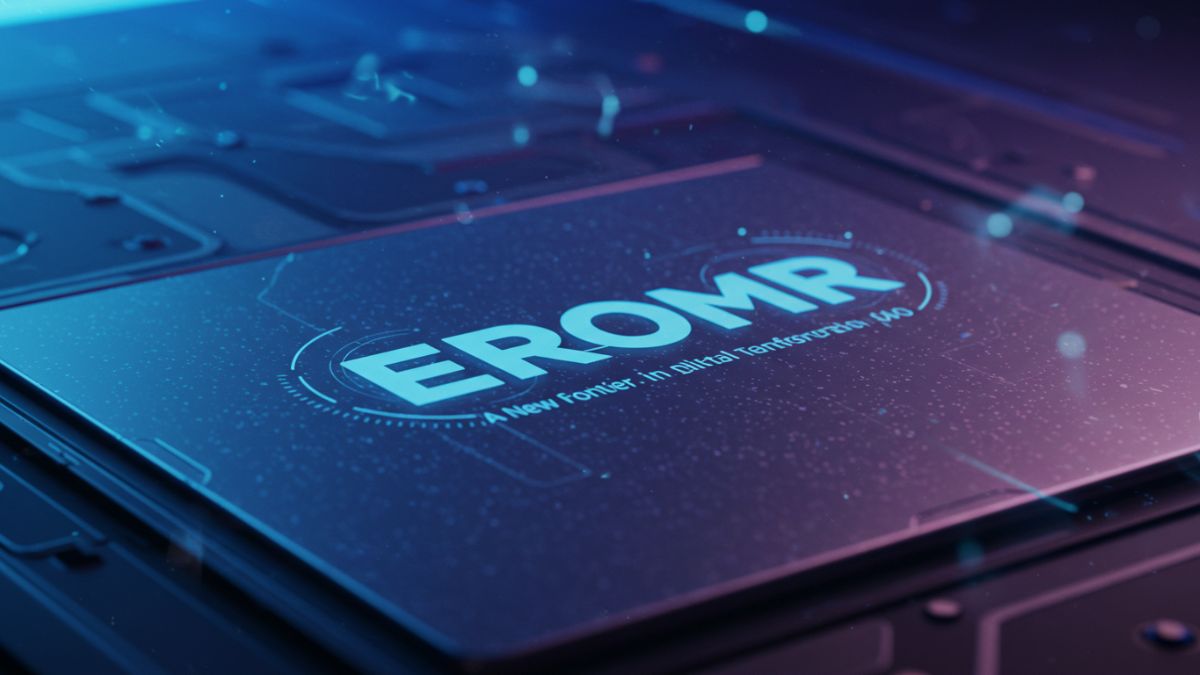Introduction
As the prevalence of Automated License Plate Recognition (ALPR) systems continue to increase among law enforcement agencies within the United States and around the world, so do policy issues regarding data collection, use, and retention. Complicated by the fact that the United States lacks a national policy regarding these issues, individual law enforcement agencies are left to examine and implement ALPR policies individually. This issue paper will examine ALPR technology and related policy concerns in the hope of increasing dialog and debate for issues surrounding this important technology.
Technology Overview
Automated License Plate Recognition (ALPR) technology (also known as Automated Number Plate Recognition (ANPR) technology in the United Kingdom) was developed in 1992 at Cambridge University in the United Kingdom in response to terrorism (Gaumont & Babineau, 2008). The technology automates a core law enforcement process that traditionally has been left between police officers in the field and police dispatchers in a communications center. Officers no longer need to communicate a license plate via police radios to dispatchers, or typed into their mobile data terminals, in order for the plate to be checked against various criminal databases. The proven license plate recognition technology exists to automate the license plate checking process and thereby increase the efficiency and accuracy of law enforcement agencies worldwide.
ALPR technology can be thought of as a system of hardware and software components that when used collectively, read images from license plates utilizing optical character recognition (OCR). Hi-speed, infrared enabled cameras capture license plate images and sophisticated OCR software extracts the license plate characters from the images. These scanned images are then typically used to search a license plate against various law enforcement databases for possible involvement in criminal activity and then stored in an ALPR database for data mining purposes at a later time.
Policy Issues
As the ALPR technology matures, especially in the United States, privacy concerns have arisen regarding the collection, use, and retention of the data. Privacy rights advocates have increasingly questioned the method in which the data is collected, how and what it is used for, along with the length of time the data is retained. It has now become a necessity among law enforcement agencies that employ ALPR to have polices that specifically address these concerns.
Civil liberties questions surround the issue of the collection of data in the United States. In Portland, Oregon, where ALPR technology is being used, the associate director of the Oregon chapter of the American Civil Liberties Union, Jan Carson, has concerns over its use. “If the collection of data was specifically tailored to the investigation of a crime, I don’t think we would have any problem with that,” Carson said. “But simply collecting information on where and when people are located, I think is a real invasion of privacy.” (Redden, 2008, 11).
The question really becomes whether or not the collection of the data violates the United States Constitution’s 4th Amendment which guarantees individuals the right to be free from unreasonable searches and seizures. On its face, it appears to be no constitutional violation of the fourth amendment as there is no reasonable expectation of privacy in a publicly visible license plate. The United States Tenth Circuit Court of Appeals has twice ruled that, “because they are in plain view, no privacy interest exists in license plates.” (Hubbard, in press). The Sixth Circuit also recently reached a similar conclusion (Hubbard). Based upon the aforementioned decisions, it would appear that policy directing officers to only capture publicly visible license plates would be appropriate.
Another aspect of data collection that requires policy intervention is in regards to hit verification. As OCR interpretation of the license plate captures is not yet one-hundred percent accurate, policy safeguards should be implemented in order to minimize risks associated with misreads. The State of Wisconsin requires potential users of their ALPR abstracts to sign an ALPR agreement that mandates verification of an ALPR hit by making a live TIME system inquiry and follow normal hit confirmation rules (Coleman, 2008). This process of checks and balances effectively reduces the chances of adverse action being taken against somebody as a result of an ALPR misread.
A lack of standardization in the retention of the data, especially among United States law enforcement agencies, greatly contributes to the privacy rights debate. For example, the National ANPR Data Centre in the United Kingdom stores national ANPR related data for a period of 5 years (Lewis, 2008). The Royal Canadian Mounted Police (RCMP) stores hit data for two years and non-hits for 90 days in accordance with Canada’s Privacy Act (Gaumont & Babineau, 2008). In the United States, there is no national standard for ALPR data retention and is therefore left up to each individual law enforcement agency to determine their respective policies. Regardless of the chosen length of time the data is retained, a comprehensive ALPR policy should address data retention timeframes for hit and non-hit data.
Lastly, some concerns have been raised over the use of the ALPR data that has been obtained. Each ALPR “read” is date and time stamped along with capturing the GPS coordinates of the vehicle at the time of the read. Either in real time or at the end of the shift, the read data is uploaded to a central server where the information can be queried at a later time. Privacy rights advocates are concerned that there is potential for innocent citizens to be spied upon at will by law enforcement personnel. Policy specifying that the captured data will only be used for police investigations will go a long way to alleviate the concerns mentioned above.
Conclusion
Automated license plate recognition technology is an exciting and evolving technology that promises to assist law enforcement agencies achieve their mission of denying criminals use of our roadways for years to come. As with any technology of this nature, it is incumbent upon law enforcement professionals to put into place the necessary safeguards that will instill public confidence that the data and subsequent information developed from it will be used appropriately.











